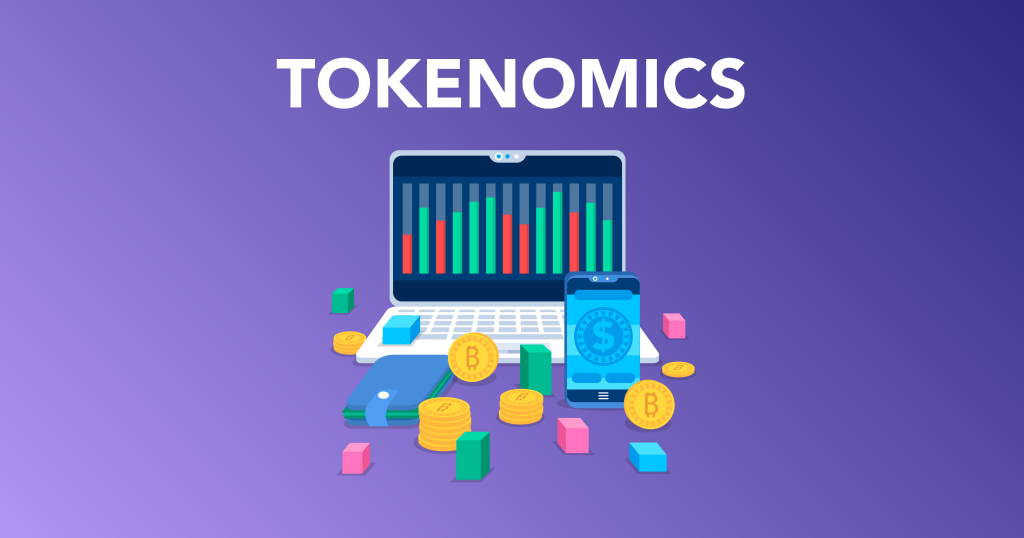For most of modern history, money has been issued and controlled by governments and banks. That’s changing. With the birth of Bitcoin in 2009, a new chapter began—one where money could exist outside traditional systems.
Bitcoin wasn’t just a digital currency. It introduced a way to store and transfer value without needing a bank or government. Ethereum built on this idea, using smart contracts to automate trust between people. Suddenly, blockchain became more than payments—it became programmable.


This evolution gave rise to tokenomics—the study of how tokens (digital assets) function within their ecosystems. Tokens can provide utility (like access to services), governance (community voting), or represent assets like real estate.
Crypto is redefining money by being:
- Borderless: Anyone with internet access can participate.
- Transparent: Every transaction is recorded on an immutable ledger.
- Inclusive: Giving the unbanked access to global finance.
- Decentralized: No single authority controls it.
Yes, there are challenges—volatility, regulation, and complexity. But just like the internet, mass adoption takes time. What’s clear is this: crypto is not just money, it’s a movement toward a more open financial world.